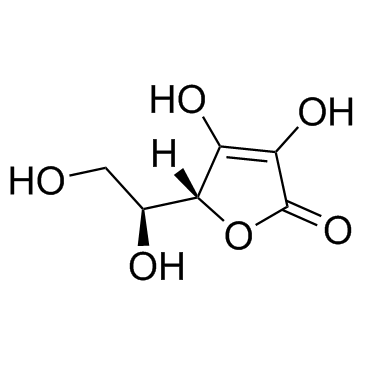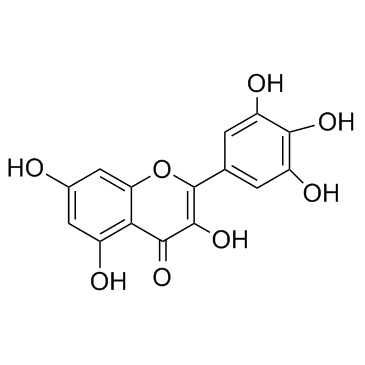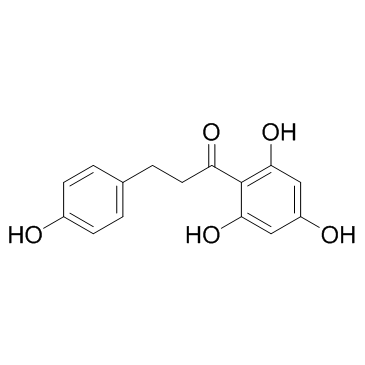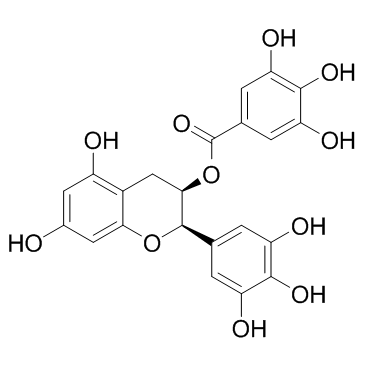| Structure | Name/CAS No. | Articles |
|---|---|---|
 |
Formic Acid
CAS:64-18-6 |
|
 |
Diosmin
CAS:520-27-4 |
|
 |
Ascorbic acid
CAS:50-81-7 |
|
 |
Myricetin
CAS:529-44-2 |
|
 |
Luteolin
CAS:491-70-3 |
|
 |
Phloretin
CAS:60-82-2 |
|
 |
probenecid
CAS:57-66-9 |
|
 |
Genistein
CAS:446-72-0 |
|
 |
Galangin
CAS:548-83-4 |
|
 |
(-)-Epigallocatechin gallate
CAS:989-51-5 |